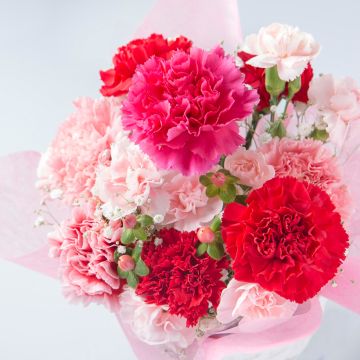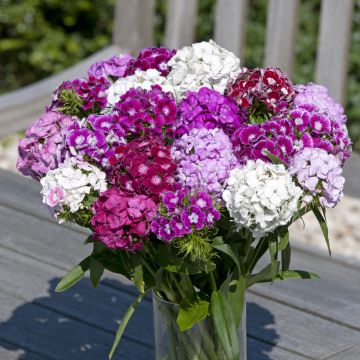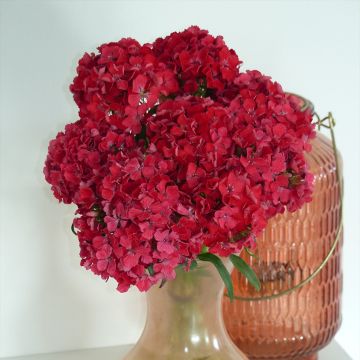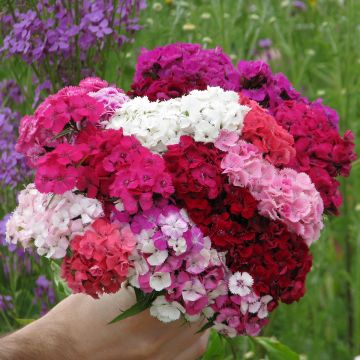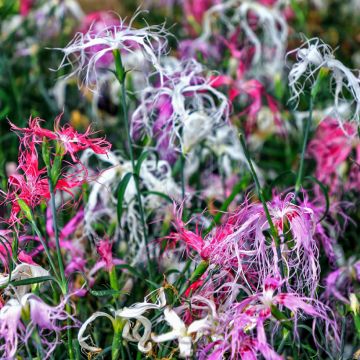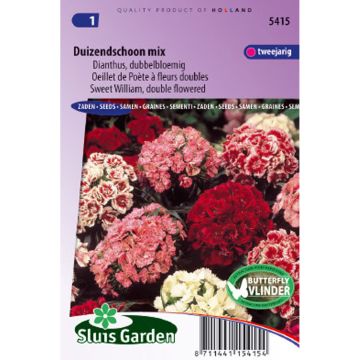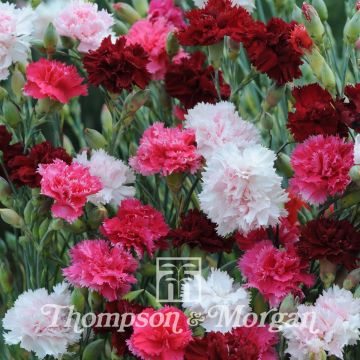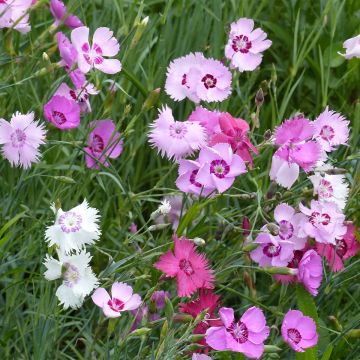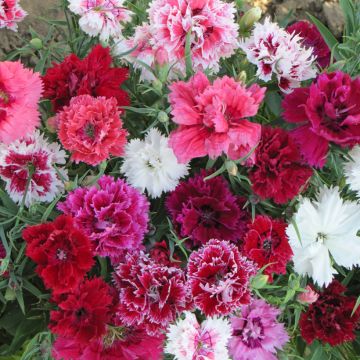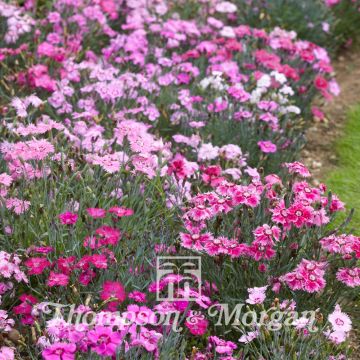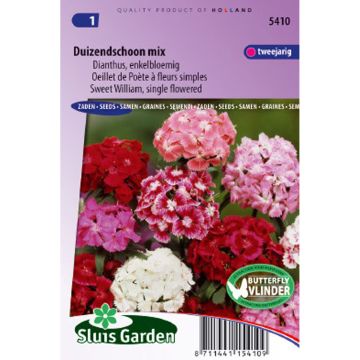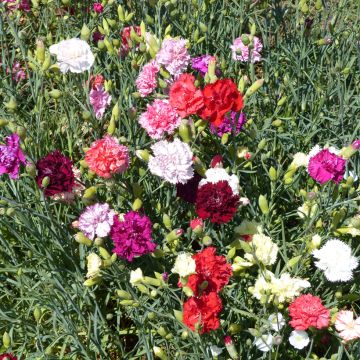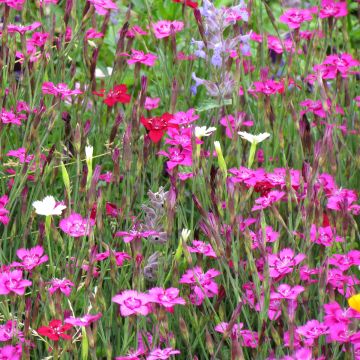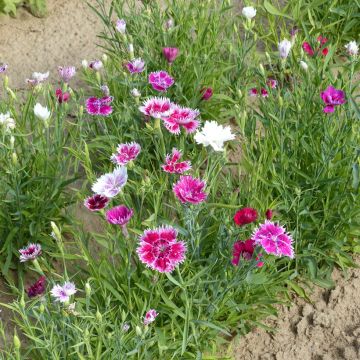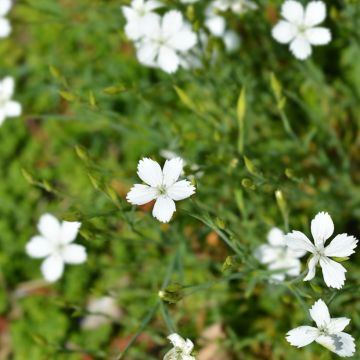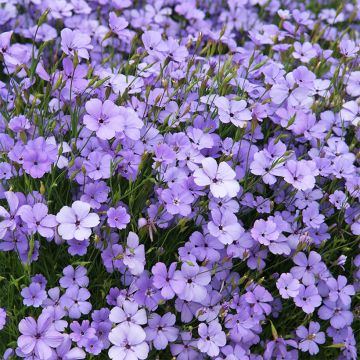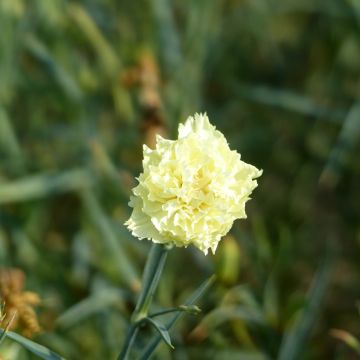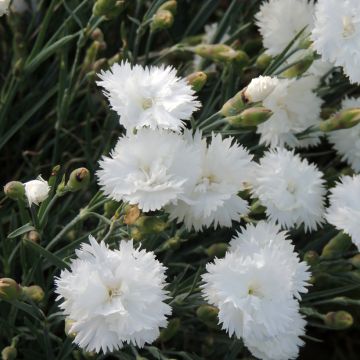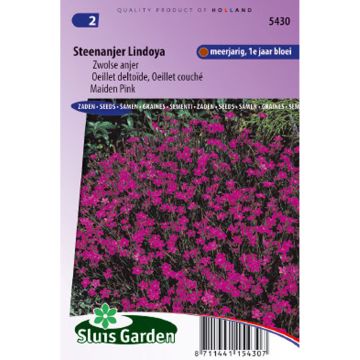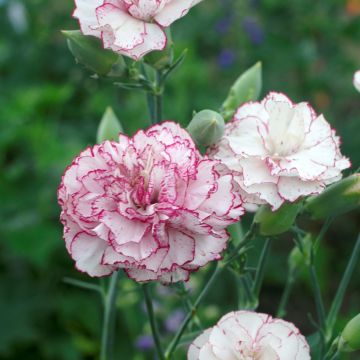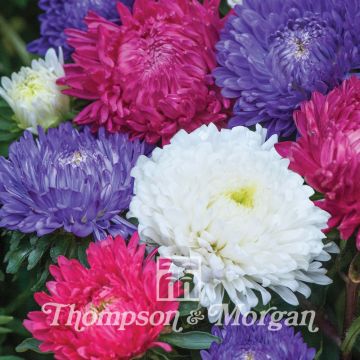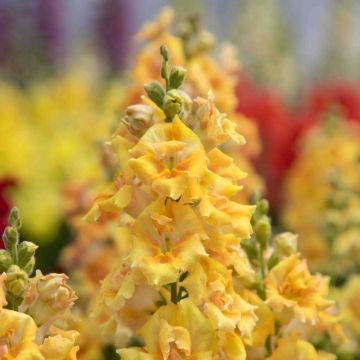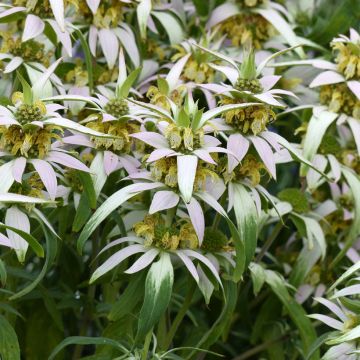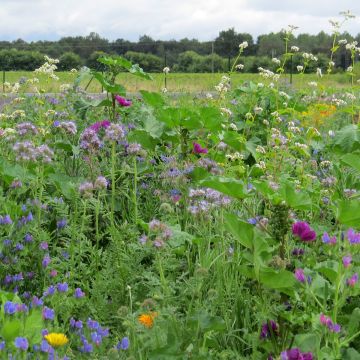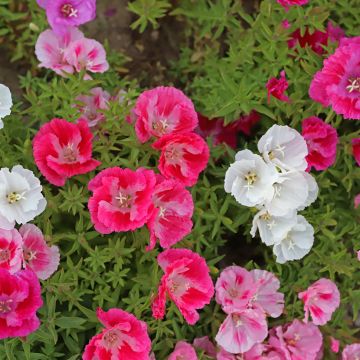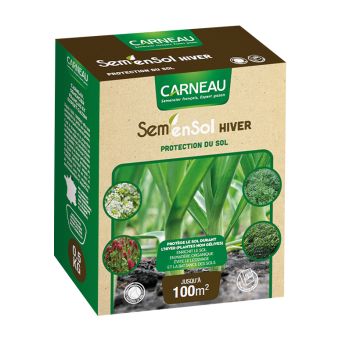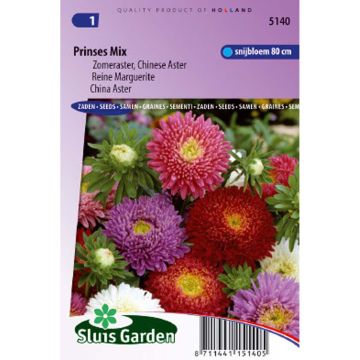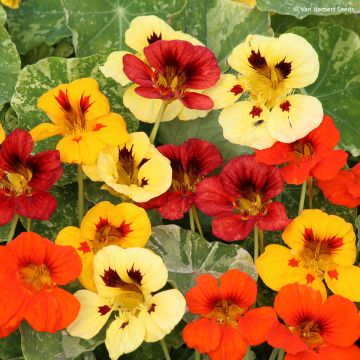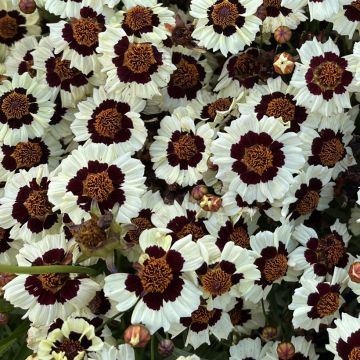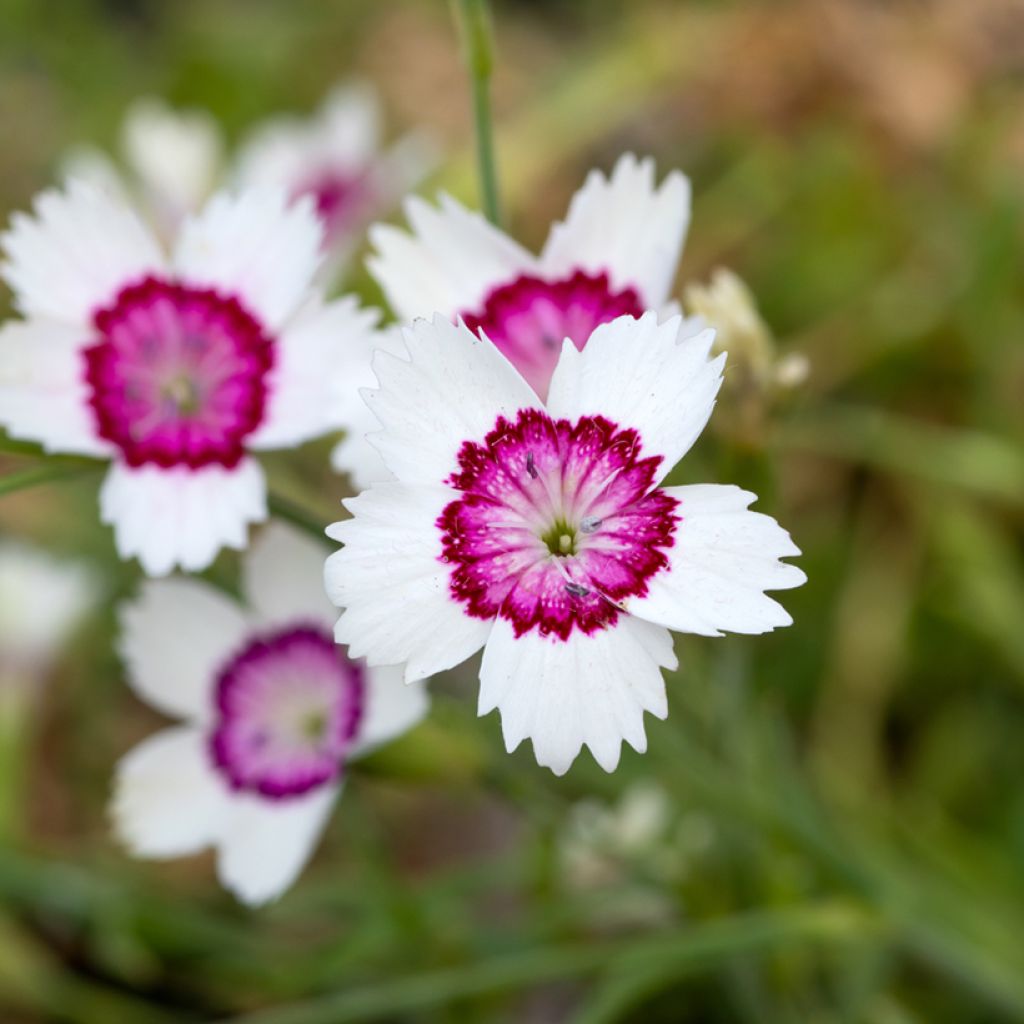

Arctic Fire Delta Eye - Dianthus deltoides seeds
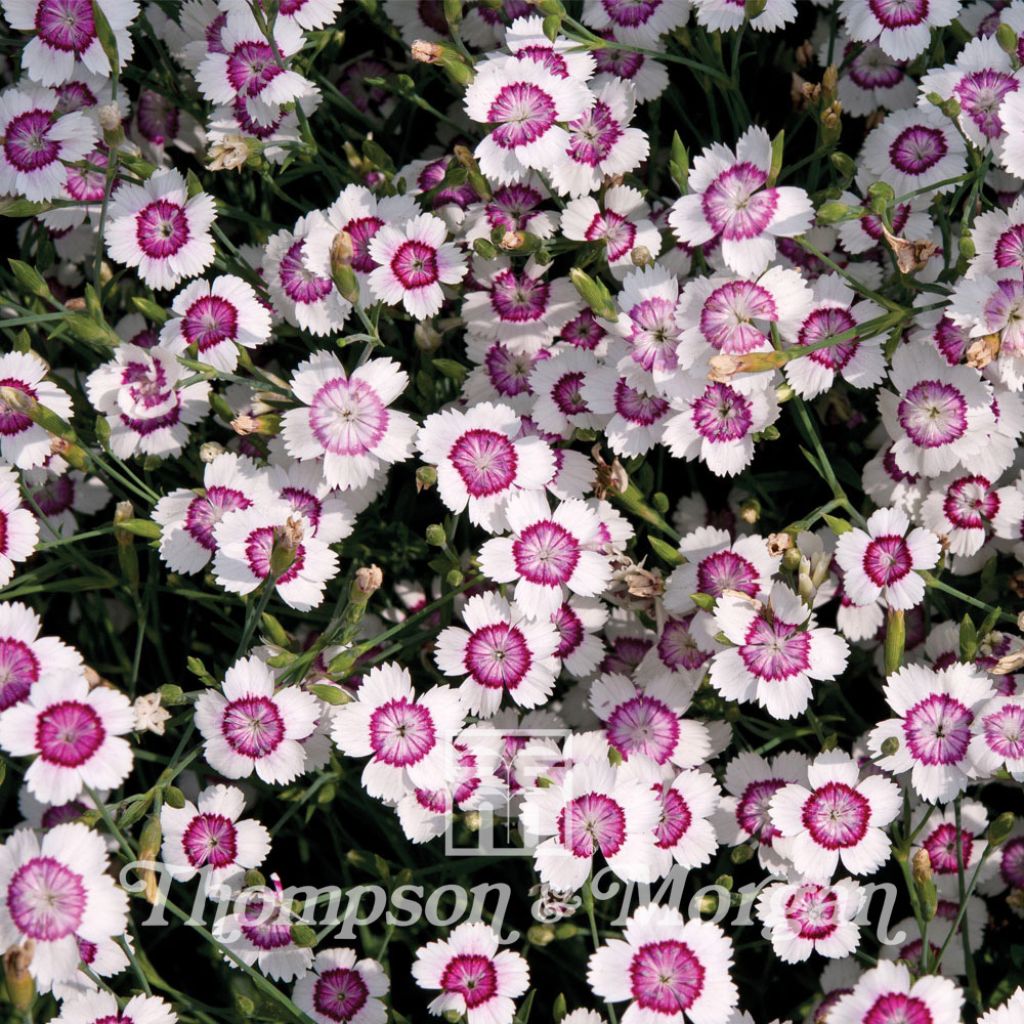

Arctic Fire Delta Eye - Dianthus deltoides seeds
Arctic Fire Delta Eye - Dianthus deltoides seeds
Dianthus deltoides Arctic Fire
Maiden Pink
Sown last year, under glass, several shoots, but after transplanting into a pot at 6-7cm (2-3in) high, none survived in the end... delicate watering to be continued with a sprayer: they did not withstand the impact of raindrops, etc... difficult...
Anne-Laure, 21/04/2018
Why not try an alternative variety in stock?
View all →This plant carries a 6 months recovery warranty
More information
We guarantee the quality of our plants for a full growing cycle, and will replace at our expense any plant that fails to recover under normal climatic and planting conditions.
Seed-only orders are dispatched by sealed envelope. The delivery charge for seed-only orders is €3.90.
Does this plant fit my garden?
Set up your Plantfit profile →
Description
The Dianthus deltoïdes Arctic Fire, also known as Arctic Fire delta carnation or Arctic Fire reclining carnation, forms a small evergreen and spreading cushion that is very floriferous, with single white flowers with fringed petals, animated by an intense red eye encircling a pink heart. This fast-growing perennial combines solidity, frugality, and floribundity. Drought-resistant, it is ideal for rockeries and walls, in full sun. Sown very early, under cold frames, it can flower in the first year. It should be grown in well-drained, even poor soil, and in full sun.
The Arctic Fire delta carnation belongs to the caryophyllaceae family. It is a cultivar derived from Dianthus deltoïdes native to Europe and temperate Asia, where it grows in dry areas, heathlands or hills, edges of woodlands, on poor lawns. The growth of this carnation is rapid. Its adult size will not exceed 20 cm (7.9 in) in height, in flowers, with a spread of 20 cm (7.9 in) and more. This carnation forms a small prostrate clump with a spreading habit. Its linear, bright green leaves are evergreen and flexible, tightly arranged on slender stems. Flowering begins in May and June, continuing until August if the soil is not too dry. The plant is then covered continuously with small white-pink fringed flowers, enhanced by a pink heart encircled by a vivid and intense red halo. They are pleasantly scented, at the top of generally uniflorous stems.
Plant the Arctic Fire delta carnation in an open location, on a slope, where it can spread in the sun. It will be magnificent in a rockery, on the slope of a well-drained embankment, or at the top of a dry stone wall. This plant can fill the base of bushes in large pots, decorate large containers or alpine troughs. Before planting, in heavy or clayey soils, add a few shovelfuls of gravel and coarse sand to facilitate water drainage. The œillet deltoïde pairs well with alpine or montane plants such as alyssums, soapworts, creeping phlox (P.subulata and P.douglasii), aubrietas, candytufts, and sunroses.
The generic name comes from the Greek 'dios' for 'Jupiter or divine' and 'anthos' for 'flower'. These dianthus, or 'divine flowers', were named as such by Theophrastus due to their sweet fragrance and beauty. Deltoides refers to 'delta', the Greek letter, in relation to the shape of the petals.
Report an error about the product description
Flowering
Foliage
Plant habit
Botanical data
Dianthus
deltoides
Arctic Fire
Caryophyllaceae
Maiden Pink
Cultivar or hybrid
Other Dianthus seeds
Planting and care
Sow the carnations in February to April.
Sow on the surface of a light and moist compost in pots or trays and cover with a thin sprinkle of compost or vermiculite. Keep at a temperature of 18-20 ° C. After sowing, keep in the light as this promotes germination. Keep the surface of the compost moist but not waterlogged; germination usually takes 14-30 days.
Transplant the plants large enough to handle into 8 cm (3.1 in) pots or trays. Acclimatize gradually to cooler conditions, for a few weeks, before transplanting outdoors once the risk of frost has passed.
Plant the Delta Carnation in ordinary, well-drained, humus-rich soil, either stony or chalky, fresh to dry and most importantly, well-drained. A gravelly soil yields good results. This plant prefers a very sunny exposure. Only water in case of prolonged drought. Regularly remove faded flowers to encourage flowering and prolong its lifespan. However, in rocky soil, this carnation self-seeds abundantly if you take care to leave some fruits to mature. Lightly trim the plant after flowering to help it regrow. In poor soil, it will be useful to apply a balanced fertilizer in March. This carnation does not appreciate the competition of invasive plants, which, when placed nearby, can make it disappear by imposing too much shade.
Sowing period
Intended location
-
, onOrder confirmed
Reply from on Promesse de fleurs
Flower seeds
Haven't found what you were looking for?
Hardiness is the lowest winter temperature a plant can endure without suffering serious damage or even dying. However, hardiness is affected by location (a sheltered area, such as a patio), protection (winter cover) and soil type (hardiness is improved by well-drained soil).

Photo Sharing Terms & Conditions
In order to encourage gardeners to interact and share their experiences, Promesse de fleurs offers various media enabling content to be uploaded onto its Site - in particular via the ‘Photo sharing’ module.
The User agrees to refrain from:
- Posting any content that is illegal, prejudicial, insulting, racist, inciteful to hatred, revisionist, contrary to public decency, that infringes on privacy or on the privacy rights of third parties, in particular the publicity rights of persons and goods, intellectual property rights, or the right to privacy.
- Submitting content on behalf of a third party;
- Impersonate the identity of a third party and/or publish any personal information about a third party;
In general, the User undertakes to refrain from any unethical behaviour.
All Content (in particular text, comments, files, images, photos, videos, creative works, etc.), which may be subject to property or intellectual property rights, image or other private rights, shall remain the property of the User, subject to the limited rights granted by the terms of the licence granted by Promesse de fleurs as stated below. Users are at liberty to publish or not to publish such Content on the Site, notably via the ‘Photo Sharing’ facility, and accept that this Content shall be made public and freely accessible, notably on the Internet.
Users further acknowledge, undertake to have ,and guarantee that they hold all necessary rights and permissions to publish such material on the Site, in particular with regard to the legislation in force pertaining to any privacy, property, intellectual property, image, or contractual rights, or rights of any other nature. By publishing such Content on the Site, Users acknowledge accepting full liability as publishers of the Content within the meaning of the law, and grant Promesse de fleurs, free of charge, an inclusive, worldwide licence for the said Content for the entire duration of its publication, including all reproduction, representation, up/downloading, displaying, performing, transmission, and storage rights.
Users also grant permission for their name to be linked to the Content and accept that this link may not always be made available.
By engaging in posting material, Users consent to their Content becoming automatically accessible on the Internet, in particular on other sites and/or blogs and/or web pages of the Promesse de fleurs site, including in particular social pages and the Promesse de fleurs catalogue.
Users may secure the removal of entrusted content free of charge by issuing a simple request via our contact form.
The flowering period indicated on our website applies to countries and regions located in USDA zone 8 (France, the United Kingdom, Ireland, the Netherlands, etc.)
It will vary according to where you live:
- In zones 9 to 10 (Italy, Spain, Greece, etc.), flowering will occur about 2 to 4 weeks earlier.
- In zones 6 to 7 (Germany, Poland, Slovenia, and lower mountainous regions), flowering will be delayed by 2 to 3 weeks.
- In zone 5 (Central Europe, Scandinavia), blooming will be delayed by 3 to 5 weeks.
In temperate climates, pruning of spring-flowering shrubs (forsythia, spireas, etc.) should be done just after flowering.
Pruning of summer-flowering shrubs (Indian Lilac, Perovskia, etc.) can be done in winter or spring.
In cold regions as well as with frost-sensitive plants, avoid pruning too early when severe frosts may still occur.
The planting period indicated on our website applies to countries and regions located in USDA zone 8 (France, United Kingdom, Ireland, Netherlands).
It will vary according to where you live:
- In Mediterranean zones (Marseille, Madrid, Milan, etc.), autumn and winter are the best planting periods.
- In continental zones (Strasbourg, Munich, Vienna, etc.), delay planting by 2 to 3 weeks in spring and bring it forward by 2 to 4 weeks in autumn.
- In mountainous regions (the Alps, Pyrenees, Carpathians, etc.), it is best to plant in late spring (May-June) or late summer (August-September).
The harvesting period indicated on our website applies to countries and regions in USDA zone 8 (France, England, Ireland, the Netherlands).
In colder areas (Scandinavia, Poland, Austria...) fruit and vegetable harvests are likely to be delayed by 3-4 weeks.
In warmer areas (Italy, Spain, Greece, etc.), harvesting will probably take place earlier, depending on weather conditions.
The sowing periods indicated on our website apply to countries and regions within USDA Zone 8 (France, UK, Ireland, Netherlands).
In colder areas (Scandinavia, Poland, Austria...), delay any outdoor sowing by 3-4 weeks, or sow under glass.
In warmer climes (Italy, Spain, Greece, etc.), bring outdoor sowing forward by a few weeks.


































